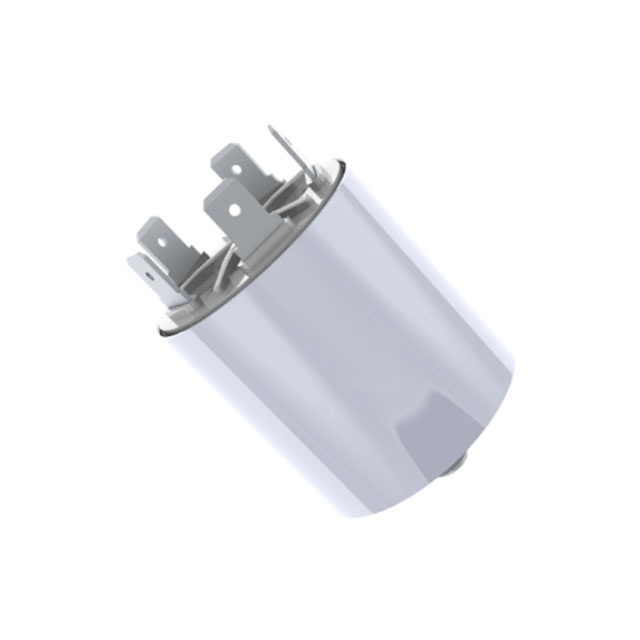FNC Series, EMI/RFI Filters (LC, RC Networks)
Results:
6
Manufacturer
Series
Height
Current
Operating Temperature
Attenuation Value
Filter Order
Applications
Center / Cutoff Frequency
Values
Voltage - Rated
Mounting Type
Size / Dimension
ESD Protection
Type
Package / Case
Number of Channels
Technology
Resistance - Channel (Ohms)
Results remaining:6
Applied Filters:
FNC
EMI/RFI Filters (LC, RC Networks)
Products within this family are designed to combine multiple passive components into a single device, resulting in a frequency-dependent opposition to the flow of current. While there are alternative types available, the majority of these products are classified as low-pass devices, specifically designed to suppress the transmission of high-frequency signals that could potentially cause interference or disrupt desired operation. These integrated devices offer a compact solution by incorporating various passive components, such as resistors, capacitors, and inductors, into a single unit. The arrangement and characteristics of these components are carefully engineered to create a frequency-dependent impedance. This impedance acts as a barrier to the flow of current for high-frequency signals, effectively attenuating or blocking them while allowing lower-frequency signals to pass through with minimal disruption. By utilizing these low-pass devices, the undesired transmission of high-frequency signals can be effectively suppressed. This is particularly important in situations where the presence of high-frequency signals may interfere with the proper functioning of electronic systems. The integration of multiple components into a single device not only simplifies the design process but also enhances the overall reliability of the system. These products find widespread application in various industries, including telecommunications, audio equipment, data transmission systems, and electronic circuits, where the prevention of high-frequency interference is crucial. They play a vital role in maintaining the integrity of signals, minimizing noise, and ensuring the optimal operation of electronic systems. To summarize, the products in this family integrate multiple passive components into a single device that creates a frequency-dependent opposition to current flow. While other types exist, the majority of these products are low-pass devices specifically designed to suppress the transmission of high-frequency signals that could otherwise result in interference or undesired operation. By incorporating these devices into electronic systems, unwanted high-frequency signals can be effectively mitigated, ensuring reliable operation and optimal performance.

